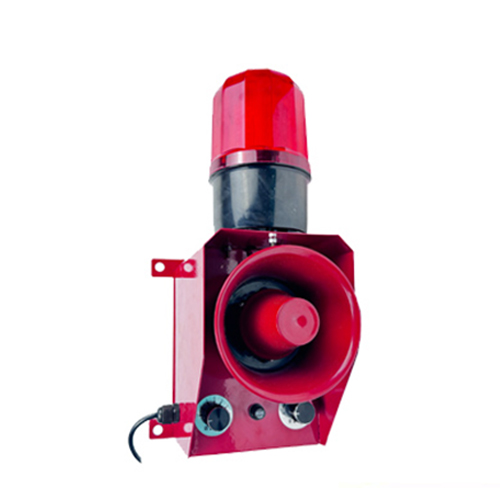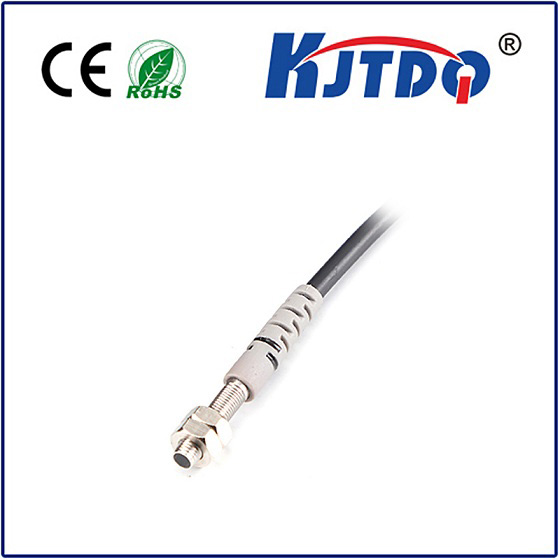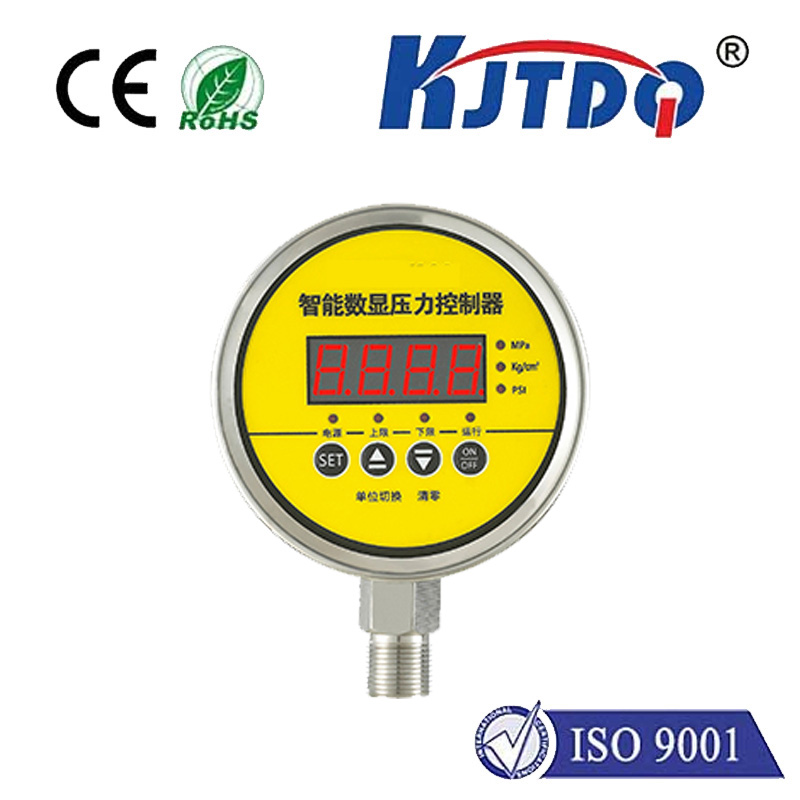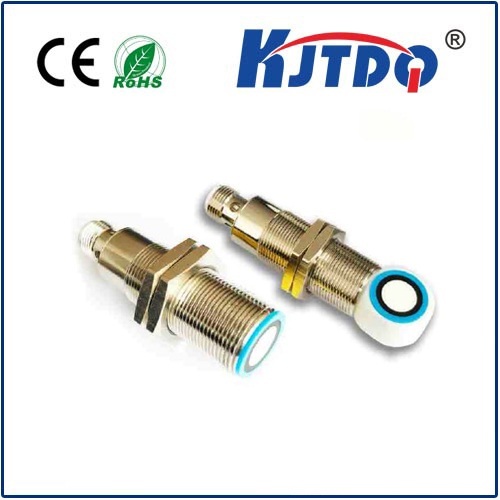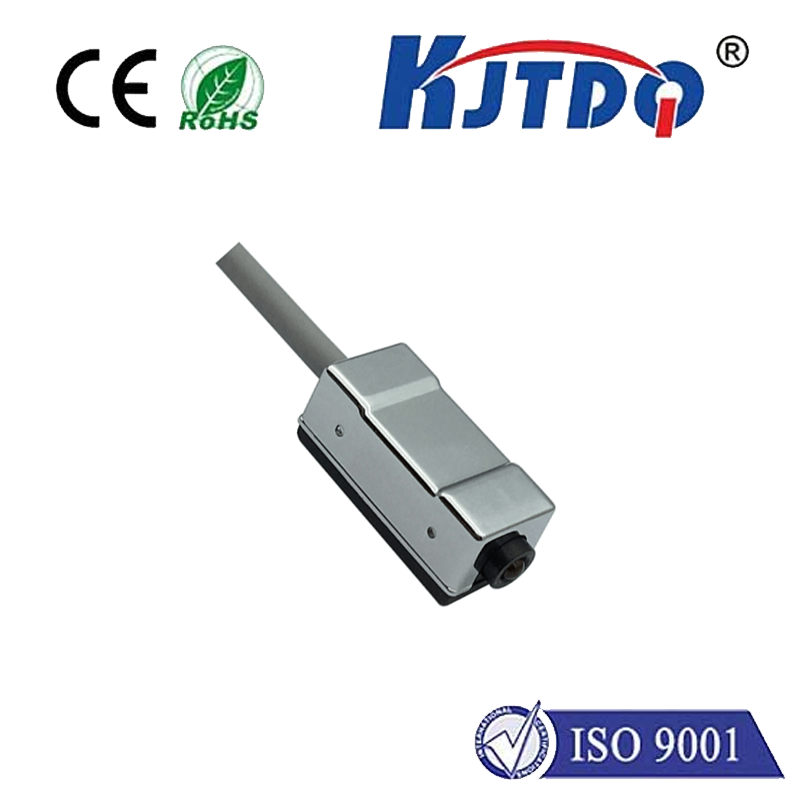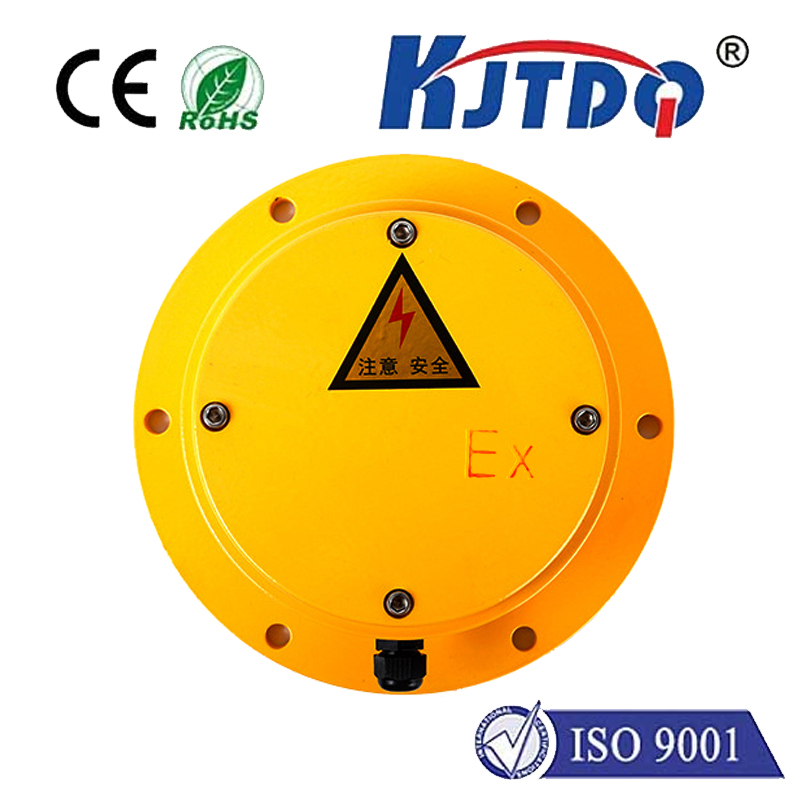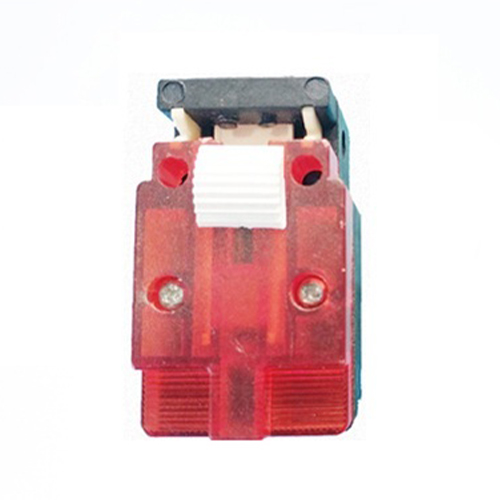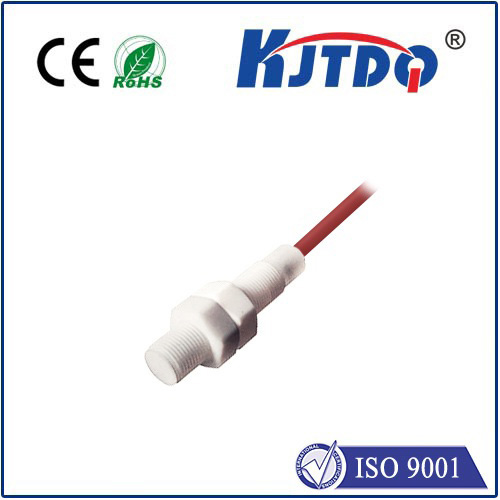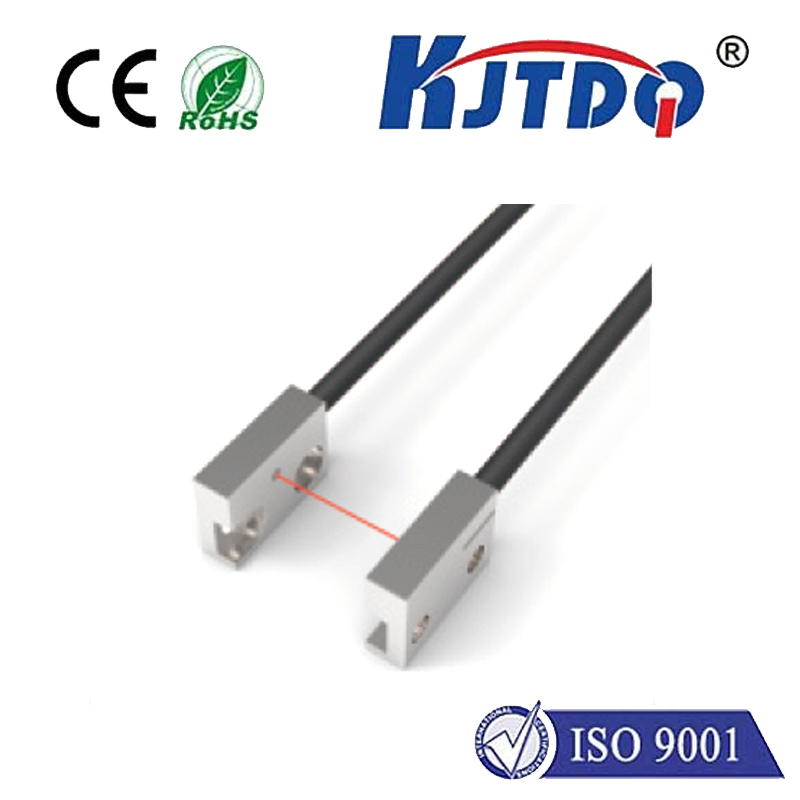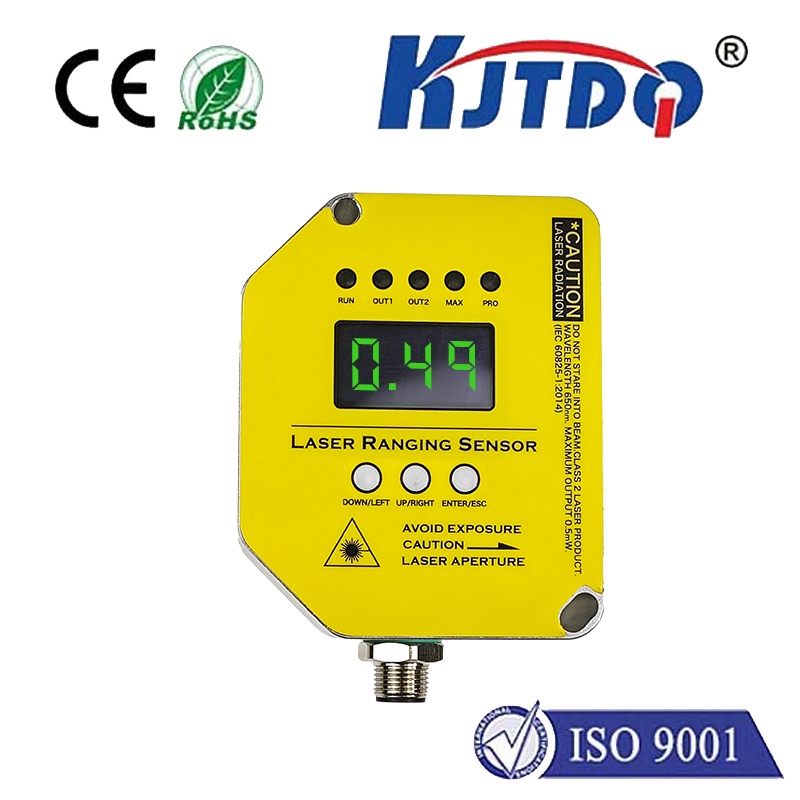Pyroelectric Sensor and Laser Technology: A Perfect Match for Advanced Detection Systems In the ever-evolving world of sensing technology, the combination of pyroelectric sensors and laser systems has emerged as a game-changer. This powerful duo is revolutionizing industries ranging from security to healthcare, offering unparalleled precision and reliability. But what makes this pairing so effective? Let’s dive into the science behind it and explore its real-world applications.
Pyroelectric sensors are devices that detect changes in temperature by measuring the electric charge generated in certain materials when they are heated or cooled. These sensors are highly sensitive to infrared radiation, making them ideal for detecting heat-emitting objects, such as humans or animals. Their ability to operate passively, without emitting any energy, makes them energy-efficient and suitable for a wide range of applications.
Lasers, on the other hand, are known for their precision and ability to focus energy over long distances. When integrated with pyroelectric sensors, lasers enhance the system’s ability to detect and measure subtle changes in the environment. For instance, a laser beam can be used to illuminate a target, while the pyroelectric sensor detects the resulting infrared radiation. This combination allows for highly accurate measurements, even in challenging conditions.
The synergy between pyroelectric sensors and lasers lies in their complementary functionalities. Here’s a step-by-step breakdown of how they work together:
Laser Emission: A laser emits a focused beam of light toward a target. The wavelength of the laser is chosen based on the specific application, such as detecting motion or measuring distance.
Target Interaction: The laser beam interacts with the target, causing it to emit infrared radiation. This radiation is a result of the target’s temperature or movement.
Detection by Pyroelectric Sensor: The pyroelectric sensor detects the infrared radiation emitted by the target. It converts this radiation into an electrical signal, which is then processed by the system.

Data Analysis: The system analyzes the electrical signal to determine the target’s characteristics, such as its distance, speed, or temperature. This process is highly efficient and can be used in real-time applications, such as motion detection or environmental monitoring.
The combination of pyroelectric sensors and lasers has found applications in various fields. Here are some notable examples:
Pyroelectric sensors are widely used in motion detectors for security systems. When paired with lasers, these systems can detect intruders with greater accuracy, even in low-light conditions. The laser helps to pinpoint the exact location of the intruder, while the pyroelectric sensor confirms their presence based on heat emissions.
In healthcare, this technology is used in non-invasive diagnostic tools. For example, lasers can be used to measure blood flow or monitor tissue temperature, while pyroelectric sensors detect the resulting infrared signals. This combination enables precise and real-time monitoring of patients’ health.
Pyroelectric sensors and lasers are also used in environmental monitoring systems to detect changes in temperature or gas concentrations. For instance, lasers can be used to measure the concentration of greenhouse gases in the atmosphere, while pyroelectric sensors detect the heat generated by these gases.
In industrial settings, this technology is used for quality control and process monitoring. Lasers can be used to inspect products for defects, while pyroelectric sensors detect temperature variations that may indicate manufacturing issues.
The integration of pyroelectric sensors and lasers offers several key advantages:
Высокая чувствительность: Pyroelectric sensors are highly sensitive to infrared radiation, ensuring accurate detection of heat-emitting objects.
Точность: Lasers provide precise targeting and measurement capabilities, enhancing the overall accuracy of the system.
Energy Efficiency: Pyroelectric sensors operate passively, reducing the system’s energy consumption.
Многогранный.: This combination can be adapted for a wide range of applications, from security to healthcare.
While the combination of pyroelectric sensors and lasers is highly effective, there are some challenges to consider. For example, environmental factors such as humidity or dust can affect the performance of both components. Additionally, the cost of high-quality lasers and pyroelectric sensors may be a barrier for some applications. However, ongoing research and development are addressing these challenges. Advances in materials science and laser technology are making these systems more robust and affordable. For instance, the development of compact and energy-efficient lasers is expanding the potential applications of this technology.
The combination of pyroelectric sensors and lasers represents a significant advancement in detection technology. By leveraging the strengths of both components, this pairing offers unparalleled sensitivity, precision, and versatility. From enhancing security systems to revolutionizing healthcare diagnostics, the applications of this technology are vast and continually expanding. As research and development progress, we can expect to see even more innovative uses for this powerful duo in the future.
